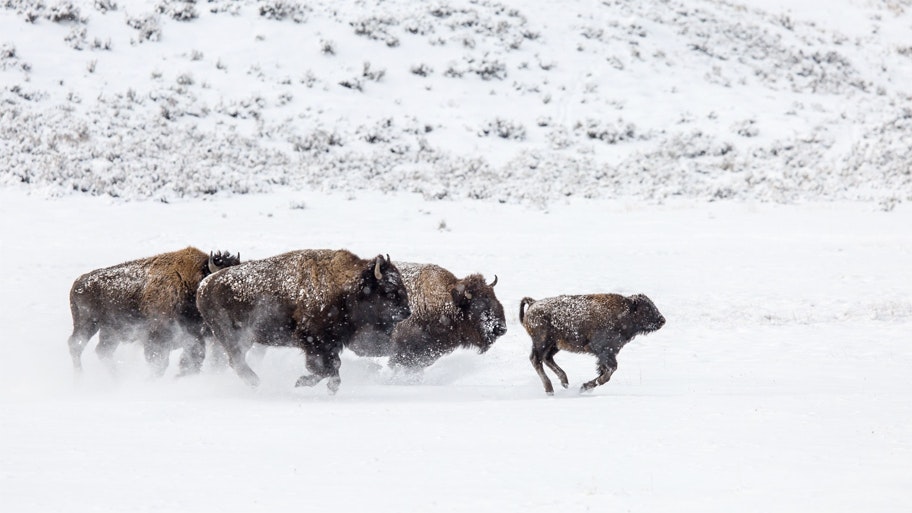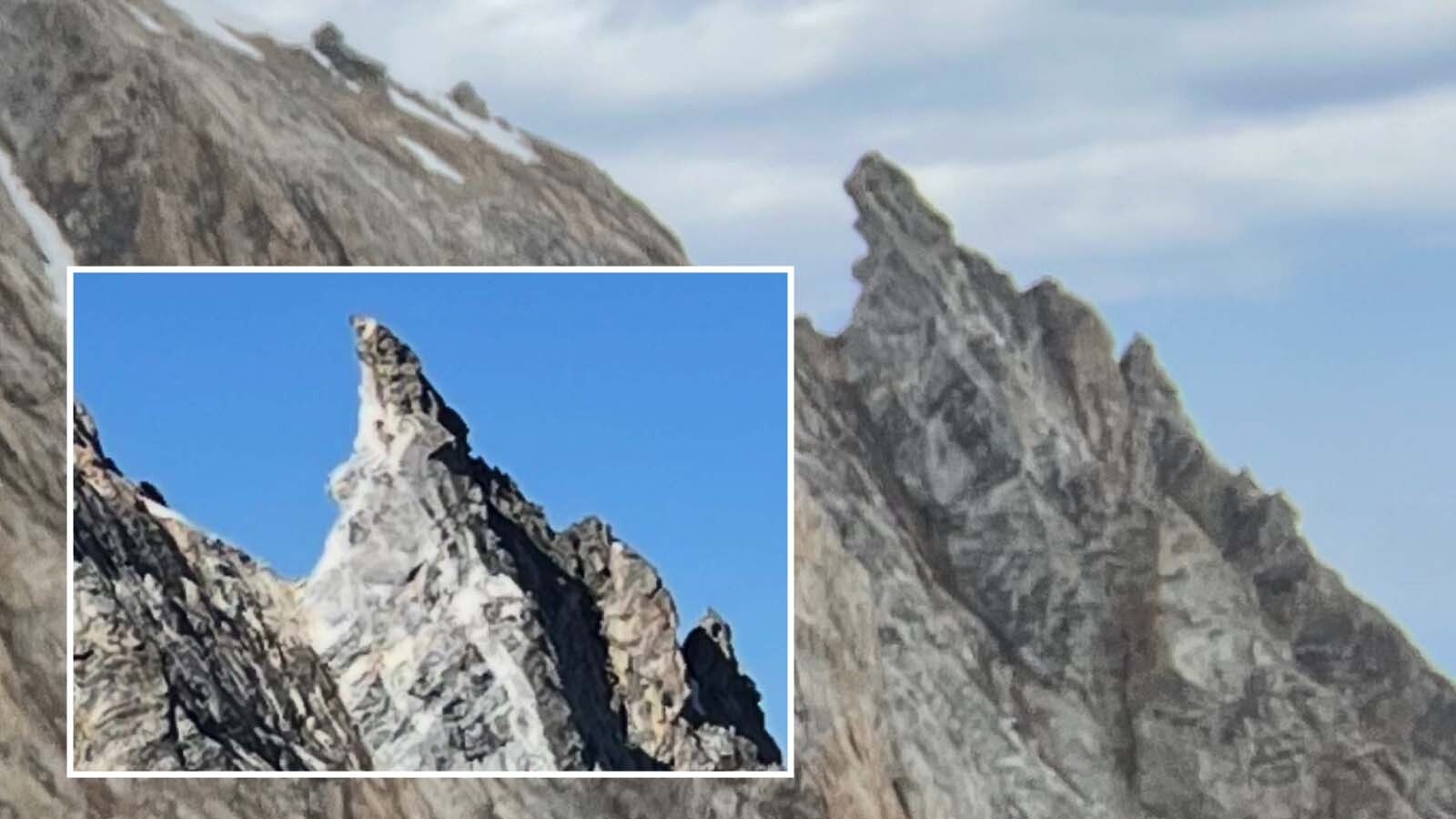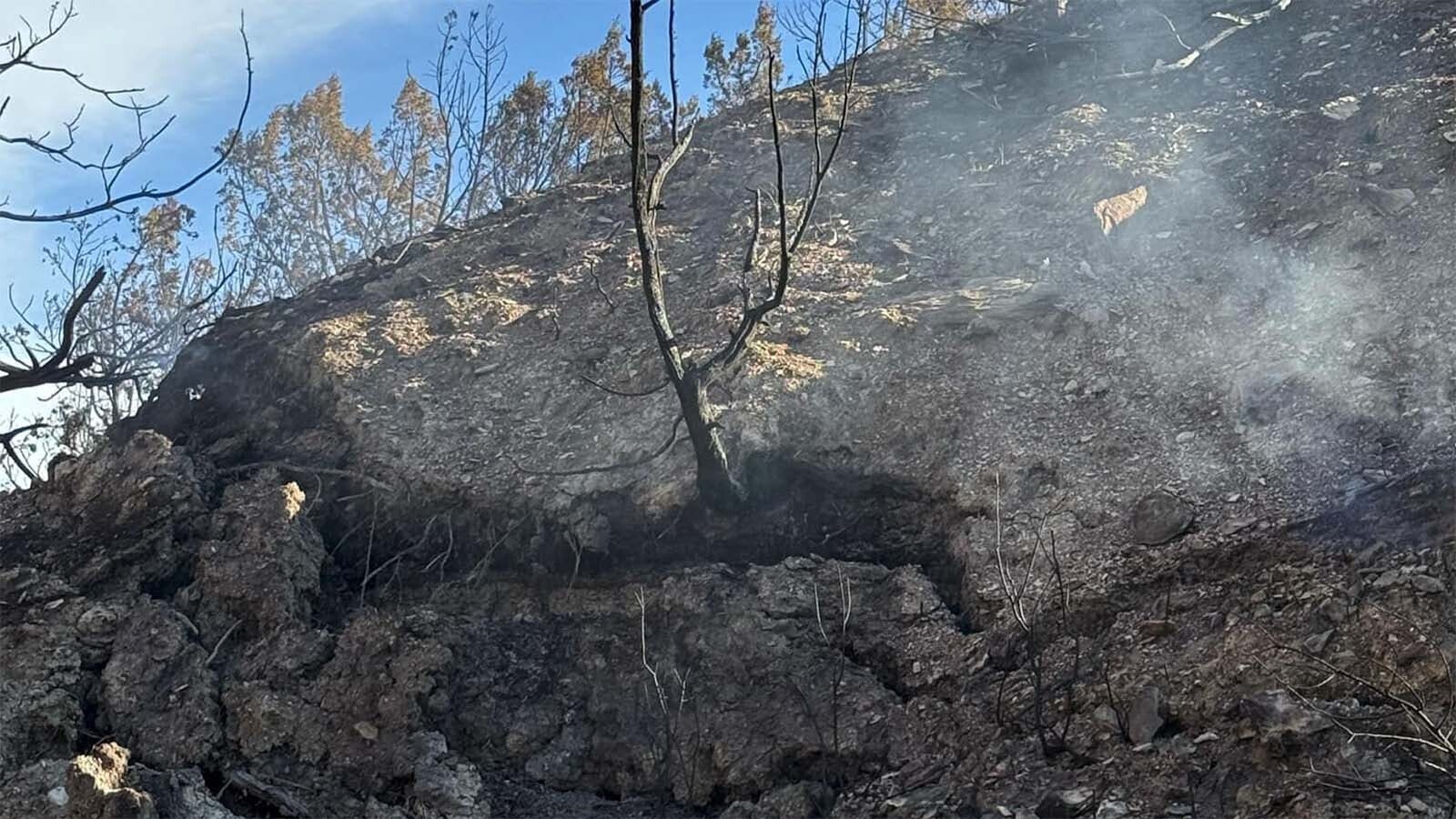A significant new Biden administration plan to increase bison numbers, preserve grassland ecosystems and in turn “advance climate resilience,” appears to be all hat and no cattle.
After nearly nine months since announcing that $25 million was doled out to increase bison numbers and habitat over an undefined portion of the northern plains, the five federal agencies charged with developing the plan haven’t made a single official statement or update.
The plan includes a goal of increasing Yellowstone bison numbers and habitat, but the apparent lack of progress has Montana Congressman Matt Rosendale began calling for accountability from the U.S. Department of the Interior.
Rosendale asked Interior Secretary Deb Haaland for minutes from meetings, meeting schedules, participant lists, agendas, other documents and a written statement detailing why the bison meetings are not open to the public.
On Nov. 8, Rosendale dispatched a letter to NPS Director Charles Samms asking questions about impacts on public and private land that are likely if bison numbers increase. Rosendale’s letter notes the concerns were raised by his constituents.
Rosendale spokeswoman Aashka Varma told Cowboy State Daily the congressman hasn’t received any response to his letters to Secretary Haaland or Director Samms.
Bison Bifurcation
Interior Department spokesman Giovanni Rocco declined to comment on Rep. Rosendale’s concerns. Instead, Rocco provided a Sept. 7 Interior Department press release stating an additional $5 million was allocated for bison and bison habitat restoration around tribal communities.
The five agencies in charge of developing the new plan include the U.S. Fish and Wildlife Service, the National Park Service, the Bureau of Land Management, Bureau of Indian Affairs and the U.S. Geological Survey.
Their collective charge is to first name a Bison Working Group made up of federal agency officials, then develop a plan to increase Yellowstone bison numbers and restore native grasslands in an undefined area.
The money comes from the Inflation Reduction Act of 2022, called the largest climate investment in U.S. history in a March 3 NPS press release.
Why Wyoming’s Concerned
In his Nov. 8 letter, Rosendale asks Director Samms whether experienced range technicians were consulted while creating the plan and whether NPS would be willing to allow input from outside experts as the plan is developed.
Wyoming stakeholders are concerned that the interests of rural communities and the livestock industry are not being represented as the plan is under development.
In August, Jim Magagna, executive vice president for the Wyoming Stockgrowers Association, said it’s alarming that rural interests are not being included as the plan is developed.
Former Montana State Veterinarian Martin Zaluski said all affected stakeholders deserve to be part of the conversation on a controversial matter like restoring bison to areas around the West.
According to the Interior Department documents, there are about 15,000 wild bison in the United States across 4.6 million acres of federal land in 12 states. The Yellowstone National Park herd holds about 4,800 animals, while most herds are between 300 and 500 animals. Various tribes manage an additional 20,000 bison in the Northern Great Plains and Intermountain states.
An Interior Department document, Order 3410, provides a timeline for the development of the plan. It states that by the end of the year a draft will be complete, and within 120 days of the March 3 announcement they will begin work to link isolated bison herds together.
Within 90 days of the March 3 order, the NPS will initiate discussion with tribes and other conservation partners on developing a plan to increase quarantine capacity for Yellowstone bison to undergo disease testing to increase the number of bison that can be transferred to Tribes.





